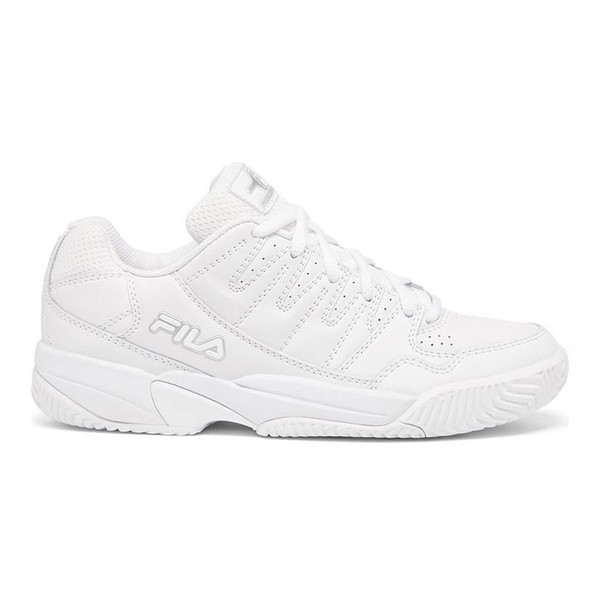

Why Pickleball Is The Game To Try This Summer
What exactly is pickleball?
If you love the idea of tennis but struggle with your backhand, pickleball is the perfect go-between. A combination of tennis, badminton and table tennis, it’s played on a badminton-sized court with a shorter-than-usual tennis net, stumpy, squared paddles and perforated plastic balls. Although the game has some unique rules, the aim is a familiar one – to hit the ball over the net with a paddle, and to prevent the opposing side from returning it. As the team at David Lloyd clubs explain, pickleball is gaining popularity and interest as it’s easy to get started. “All you need is a small amount of inexpensive equipment, a slightly modified badminton or tennis court, and somebody to play against.”
What’s the story behind it?
In the summer of 1965, three fathers in the US were trying to entertain their children over the summer holidays. They had a badminton court but no racquets, so the trio improvised with ping pong bats and a perforated ball. The idea – one that still stands – is that pickleball is a game the whole family can enjoy together. The name allegedly comes from Pickles, one of the father’s spaniels, who was known to steal a ball or two. Today, the game is played by 3m people in the US alone and is gaining in popularity in the UK. “Pickleball is one of the world’s fastest-growing sports,” say the team at David Lloyd. “It’s fun, sociable and surprisingly addictive.”
What are the rules?
“Matches – either singles or doubles – are scored to 11 and serves must be done diagonally underarm,” explain the David Lloyd team. “Service begins from the right-hand court, and the service ball must bounce in the receiving court before it’s returned, then bounce in the service court on its way back before it can be returned. No volleys are allowed in the front segment of the court, which is known as the ‘kitchen’. The rally can continue with any combination of volleys (except in the kitchen) and groundstrokes. Only the server or serving pair can win a point – if they fault, service goes to the opponent. In doubles, player one serves until they fault. When it is their team’s turn to serve again, their partner then serves until they fault.”
Anything else to know?
There are several phrases used in the game that are worth knowing. You may hear a player shout ‘Nasty Nelson’, which is when the server intentionally aims a hard serve at the non-receiving opponent to cause a fault. Or a player may shout ‘Pickle!’ to let other players know they are about to serve. And if a team scores zero points by the end of the game, they have been ‘pickled’!
What are the benefits?
Pickleball is easy to learn, easy to play and easy to improve. Where traditional racquet sports require hours of lessons, with pickleball you can walk onto a court and be playing a match within five minutes. “A lot of the benefits come down to the ball itself,” say the team at David Lloyd. “The design of the ball reduces velocity compared to other racquet sports, especially tennis and squash. This means people of all ages and abilities can enjoy the game together while still enjoying a good workout and improving their reaction time and coordination.” Moreover, one study found that people who played pickleball three times a week for six weeks reduced their blood pressure and enhanced oxygen intake.
What are some simple ways to improve your game?
According to Lynn Jacobs, a member of Pickleball England, even the smallest of tweaks can improve your game. “It may sound basic but always keep your paddle in front of you when you’re not serving – this will ensure you’re ready to hit the ball. Always watch the paddle of the person hitting the ball, which will give you a clue to where the ball is going, and spend as much time drilling as playing. If you want to improve, consider signing up to a pickleball clinic or bootcamp. Bootcamps are popular in the US – they are usually multi-day trips combining training and recreational play. Visiting pros often offer them in Europe, so keep your ear to the ground. In the meantime, sign up for pickleball festivals and competitions, such as regional leagues and tournaments – playing other people will quickly improve your game. You will see improvement in your game after just a few sessions and you can then work on shot progression and strategic play.”
What do you need to get started?
Most clubs provide nets and balls, but you’ll probably need your own paddle. “Paddles range in price and start from around £30,” Lynn adds. “They vary in material, weight, shape and handle grip size, so try out other players’ paddles to get an idea of what you like and don’t like. If you’re confused, the UK Pickleball Shop offers great online advice. When it comes to balls, it’s important to know there are different balls for outdoor and indoor use, but your club should be able to advise you on this and will provide the appropriate balls. Shoes are also important as the game involves lots of lateral movement. Having the right type of shoe will help you avoid injury – a tennis, volleyball or badminton shoe will provide optimal stability. My personal favourite is the Asics Gel-Rocket Multisport Indoor Shoe.”
Finally – where can you play?
You can enter your postcode on Pickleball England’s website to find your nearest club, but keep an eye on local David Lloyd clubs – the group plans to roll out a significant number of pickleball courts this year.
For more information, visit PickleballEngland.org and DavidLloyd.co.uk
Shop Our Pickleball Essentials Below...
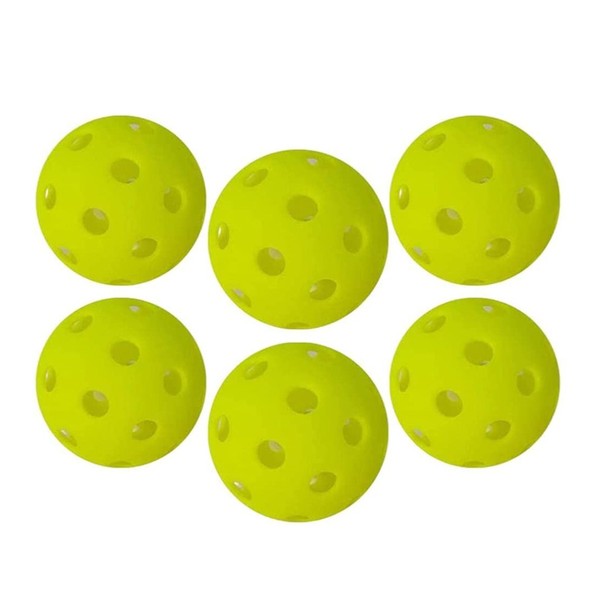
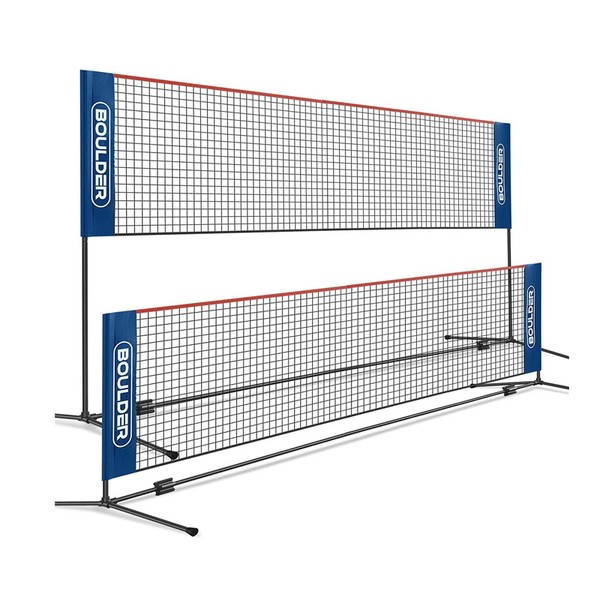
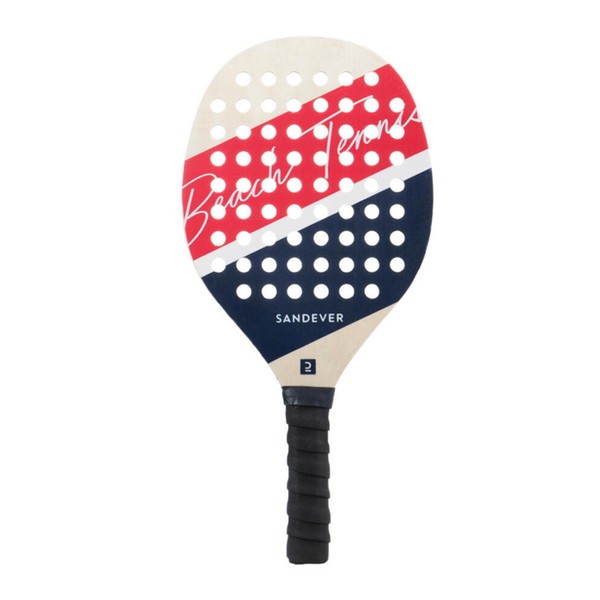

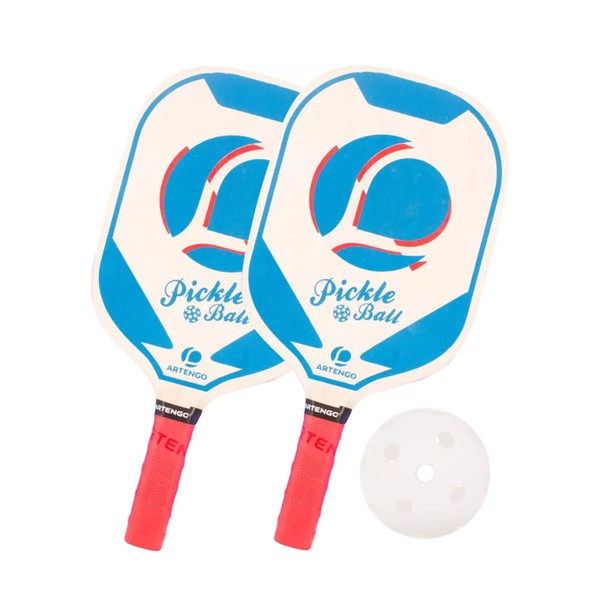
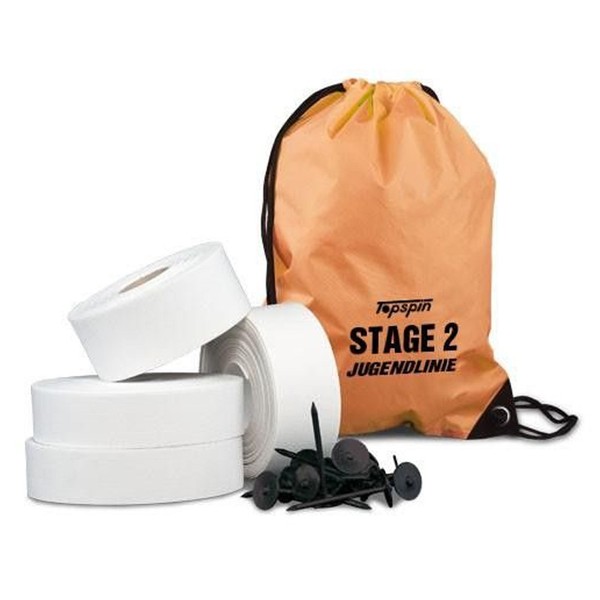
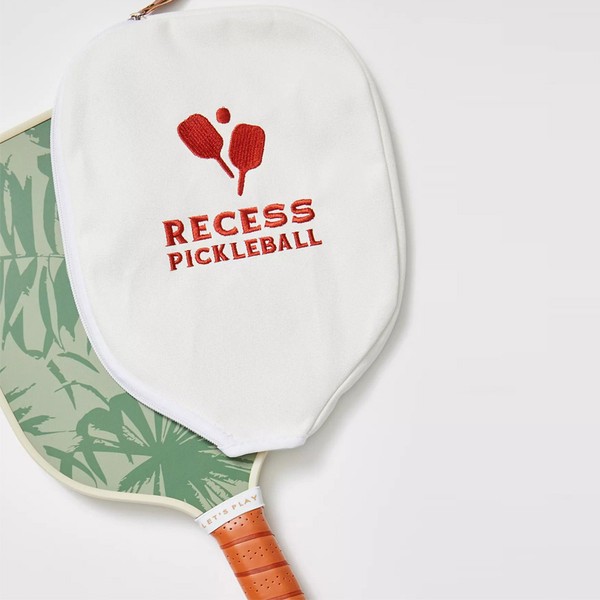
DISCLAIMER: We endeavour to always credit the correct original source of every image we use. If you think a credit may be incorrect, please contact us at info@sheerluxe.com.
